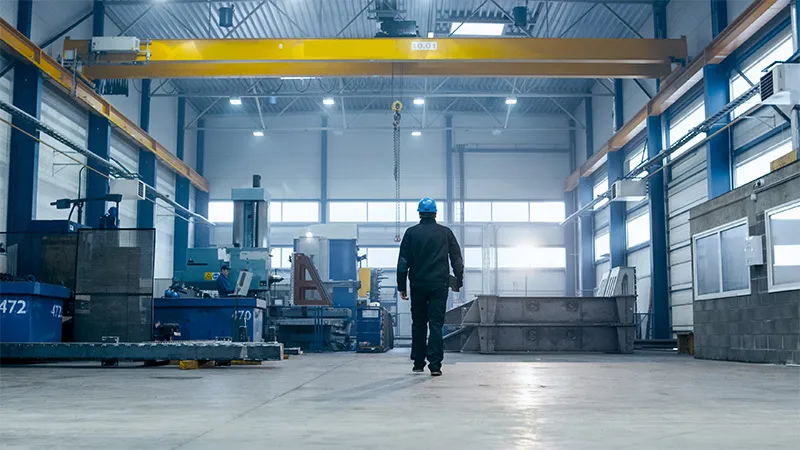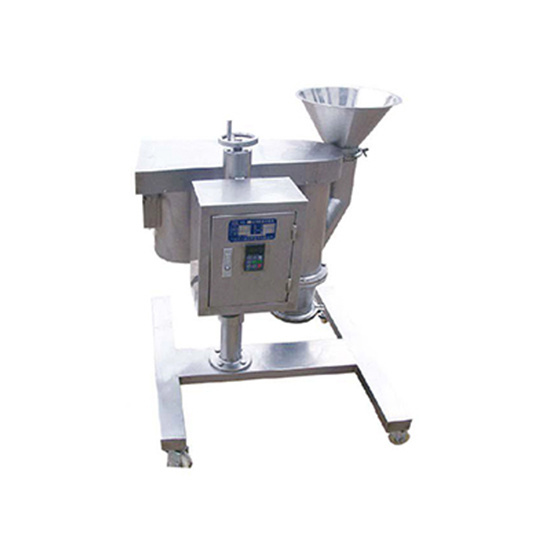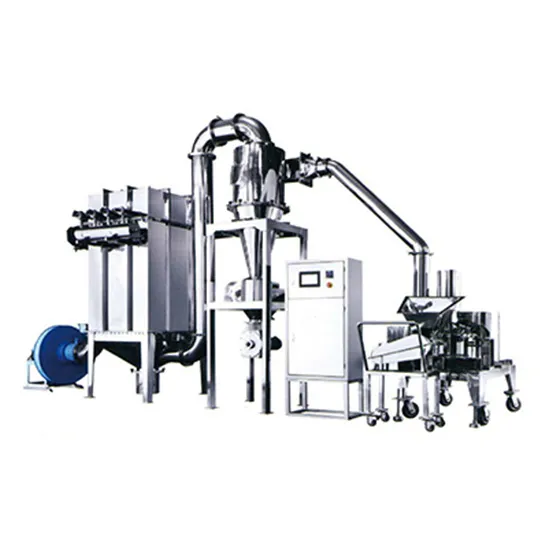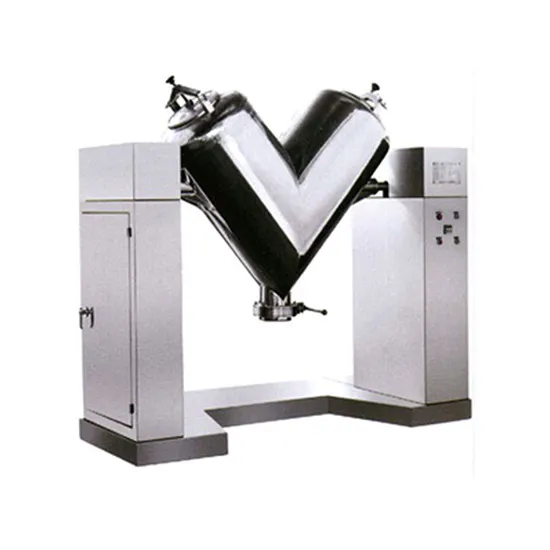NEWS
How Airflow Pulverizing Machines Enhance Efficiency in Manufacturing
Jun 28,2025
How Airflow Pulverizing Machines Enhance Efficiency in Manufacturing
Table of Contents
- 1. Understanding Airflow Pulverizing Machines
- 2. Mechanism of Action: How They Work
- 3. Key Benefits of Using Airflow Pulverizers
- 4. Enhancing Manufacturing Efficiency with Airflow Technology
- 5. Applications in Various Industries
- 6. Cost-Effectiveness and ROI of Airflow Pulverizing Machines
- 7. The Future of Airflow Pulverizing Machines
- 8. Frequently Asked Questions
- 9. Conclusion
1. Understanding Airflow Pulverizing Machines
Airflow pulverizing machines are essential tools in the manufacturing sector, designed to finely grind various materials using high-velocity air. These machines capitalize on the principles of airflow and centrifugal force to achieve superior particle reduction. Unlike traditional grinding methods, airflow pulverizers utilize a unique combination of air pressure and mechanical force, allowing for precision and efficiency in material processing.
These machines are particularly advantageous in industries where particle size and uniformity are critical. The materials processed can range from plastics to pharmaceuticals, making them versatile and indispensable in modern manufacturing.
2. Mechanism of Action: How They Work
The operational principles of airflow pulverizing machines are fascinating. They primarily use high-speed airflow to carry particles into a grinding chamber. Within this chamber, the particles collide with each other and with stationary surfaces, undergoing repeated impacts that reduce their size.
**Key components** of an airflow pulverizer include:
- **Feeding System**: Introduces raw materials into the grinding chamber.
- **Grinding Chamber**: Where the actual pulverization occurs, utilizing centrifugal force and high-velocity air.
- **Air Classifier**: Separates particles based on size, ensuring only the desired particle sizes exit the machine.
This system allows for continuous operation and minimizes downtime, a significant advantage over traditional grinding systems.
3. Key Benefits of Using Airflow Pulverizers
The advantages of incorporating airflow pulverizing machines into manufacturing processes are substantial:
3.1 Enhanced Efficiency
Airflow pulverizers operate at high speeds, dramatically increasing throughput. Their ability to process materials continuously without the need for frequent stops leads to higher productivity levels.
3.2 Superior Particle Size Control
With precise adjustments to airflow and centrifugal force, manufacturers can achieve a specific particle size distribution. This precision is crucial for applications where consistency is key.
3.3 Reduced Waste and Energy Consumption
By utilizing air as a medium for grinding, these machines often consume less energy compared to conventional methods. Additionally, they generate less waste due to their efficiency, making them environmentally friendly.
3.4 Versatile Applications
Airflow pulverizing machines can handle a wide range of materials, making them suitable for various industries, including 香蕉传媒, pharmaceuticals, and plastics.
4. Enhancing Manufacturing Efficiency with Airflow Technology
Integrating airflow pulverizing technology into manufacturing processes can significantly enhance overall efficiency. Here’s how:
4.1 Streamlined Production Processes
Airflow pulverizers reduce the number of processing steps by combining multiple functions into one machine. This streamlining means less equipment is needed, leading to lower maintenance costs and simplified operations.
4.2 Improved Product Quality
The uniformity of particle size achieved through airflow pulverization leads to higher product quality. This consistency is crucial in sectors like pharmaceuticals, where dosage accuracy is paramount.
4.3 Faster Time-to-Market
With increased efficiency and reduced processing times, manufacturers can bring products to market more quickly. This agility can be a significant competitive advantage in today’s fast-paced market.
5. Applications in Various Industries
Airflow pulverizing machines find applications across numerous sectors, reflecting their versatility and efficiency.
5.1 Pharmaceutical Industry
In pharmaceuticals, precise particle size is critical for drug formulation. Airflow pulverizers meet these stringent requirements, ensuring that active ingredients are evenly distributed.
5.2 Food Processing
Food manufacturers utilize these machines for grinding spices, grains, and other ingredients. The ability to maintain flavor integrity while achieving the desired particle size is a significant benefit.
5.3 Plastics and Polymers
In the plastics industry, airflow pulverizers are employed to recycle materials efficiently. They reduce waste and contribute to sustainability efforts through effective material reclamation.
6. Cost-Effectiveness and ROI of Airflow Pulverizing Machines
Investing in airflow pulverizing machines can lead to substantial cost savings over time:
6.1 Initial Investment vs. Long-Term Savings
While the initial investment may be higher than traditional grinding systems, the long-term savings in energy consumption, waste reduction, and maintenance costs make them a financially sound choice.
6.2 Increased Production Output
Higher efficiency translates to increased production output, which can lead to a quicker return on investment. Manufacturers can produce more goods in less time, optimizing their operational capacity.
6.3 Enhanced Product Value
The ability to produce consistently high-quality products can justify premium pricing, further increasing profitability.
7. The Future of Airflow Pulverizing Machines
As industries evolve, so too does the technology behind airflow pulverizing machines. Future advancements may include:
7.1 Automation and Smart Technology
Integration with IoT devices for real-time monitoring and data analytics will enhance operational efficiency and predictive maintenance, ensuring machines run optimally.
7.2 Sustainability Innovations
Future designs may focus even more on sustainability, reducing energy consumption and waste. Innovations in materials and processes will address environmental concerns while maintaining efficiency.
7.3 Adaptability to New Materials
As new materials are developed, airflow pulverizing technology will evolve to accommodate them, ensuring that manufacturers can always meet market demands.
8. Frequently Asked Questions
8.1 What materials can be processed with airflow pulverizing machines?
Airflow pulverizers are versatile and can process a wide range of materials, including metals, plastics, 香蕉传媒 products, and pharmaceuticals.
8.2 How does airflow impact the pulverizing process?
Airflow helps to create a high-speed environment that facilitates particle collisions, resulting in effective size reduction without excessive heat generation.
8.3 Are airflow pulverizing machines energy-efficient?
Yes, these machines are designed to consume less energy compared to traditional grinding methods, making them a cost-effective choice for manufacturers.
8.4 What industries benefit the most from airflow pulverizing technology?
Industries such as pharmaceuticals, 香蕉传媒 processing, plastics, and chemicals benefit significantly from using airflow pulverizing machines due to their efficiency and precision.
8.5 How can I determine the right airflow pulverizing machine for my needs?
Selecting the right machine depends on various factors, including the type of material, desired particle size, and production volume. Consulting with a machinery expert can help tailor the choice to specific requirements.
9. Conclusion
Airflow pulverizing machines play a critical role in enhancing efficiency within manufacturing processes. By leveraging their unique operational mechanics, manufacturers can achieve superior particle size control, reduce waste, and minimize energy consumption. The versatility of these machines allows them to meet the diverse needs of various industries, making them an essential investment for businesses aiming to optimize productivity and maintain competitive advantage. As technology continues to advance, airflow pulverizing machines will undoubtedly evolve, paving the way for even greater efficiency and sustainability in manufacturing.
More News










